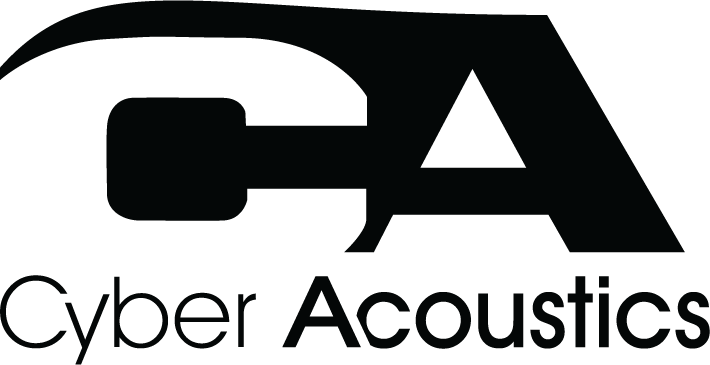YouTube for Kids: The Other Three E’s
Wednesday, January 25, 2017 by Cyber Acoustics
If you’re a parent or educator, you know that kids love exploring the wealth of content that can be found on YouTube. Popular television shows, music, and other fun content is on the site to no end, and kids can spend hours watching videos on the site without ever watching the same one twice.
But, YouTube offers kids more than entertainment. The site is a powerful tool and resource, and young people are finding ways to take advantage of it for their own learning and lives.
Here are the three other E’s of YouTube for kids…
Education
There are countless lessons to be learned through the video-based website and social outlet. Education authorities, academics, and independent videographers are producing new education-oriented programming for the site every day, and the open-source nature of YouTube means all of that information is ripe and ready to be picked by an inquisitive mind.
Now, that old expression about not believing everything you see on TV does still apply. YouTube shouldn’t be seen as the be all, end all answer to children’s curiosities. Rather, it’s a great way to introduce kids to new ideas, concepts, and information so that they can explore those things further through independent or supervised study.
Arts and crafts are easier than ever in the YouTube age, with step-by-step project instructions available in almost limitless quantities. It’s important to note, however, that these tutorials are often provided by non-professionals and YouTube hobbyists, which is probably why some of the suggestions should be vetted through a news source like Tubefilter.
Empowerment
YouTube is more than a website for watching videos, it’s a fully functional social experiment as well. The site is known for having a committed and interactive user base -- meaning there are probably thousands of people exchanging information, collaborating on projects, and telling their stories on YouTube right now.
How does this help to empower kids? The ability to network with peers and academics around the globe is a pretty significant advantage that children of the past didn’t have… but YouTube’s impact as a cultural and social influencer is even bigger than that.
After all, YouTube is the original purveyor of viral video footage. How many kids have been inspired by watching Malala Yousafzai’s Nobel Prize speech? How many young people over the last couple decades have pursued their academic major or dream career because of a video that once piqued their interest? Thanks in large part to YouTube, careers using video and photography skills are more accessible than ever.
Entrepreneurship
Social media and the Internet of Things make it possible for just about anyone to become a successful entrepreneur, even young kids.
Video creation and editing resources can fit in the palm of your hand on smartphones and other wireless devices so that, with a little imagination and guidance, kids can create quality videos in no time at all. This is great for those kids who want to pursue filmmaking or acting, and it’s also great for kids with little to no performance-based interest.
The ease and simplicity of video making, along with young people’s vested interest in videos as a main form of online engagement, make YouTube a terrific asset for any young person with entrepreneurial desires. In fact, YouTube is the most popular social media channel for big-time influencers among the millennial age group.
Influencers are people on social media who are viewed as having a wide reach in terms of audience, as well as a lot of loyalty from that audience. They are called influencers because of their ability to incite a call to action from their audience, and in many cases, this power has gained them mainstream notoriety.
One such influencer who has become a household name among parents, kids, and economists alike, is the YouTuber PewDiePie. What PewDiePie lacks in educational merit, he more than makes up for by exampling how modern tech and entrepreneurship can intersect to create a gigantic success story. As the first YouTuber to hit 50 million subscribers, he's currently worth $65 million.
Another force to reckon with on YouTube is filmmaker Casey Neistat. He had his own company and a deal with HBO, but when he watched his videos go viral on YouTube, he gravitated toward new media as a career focus. Over six million people subscribe to Neistat's YouTube Channel, most of whom are under the age of 25. In fact, Neistat has stated that his focus on YouTube partially stems from an observation that his teenage son and his friends were all paying more attention to the website than TV. YouTube is obviously a huge reason for Neistat's success, but he's recently given up a big portion of his $90K per month YouTube income by ending his daily vlogs to focus on helping CNN attract a younger audience.
Depending on how old your kids or students are, you may not want to let them run wild on YouTube, absorbing all there is to see and hear. Then again, you also don’t want to deny children any of the outstanding opportunities that YouTube provides… so where is the middle ground?
It turns out, the middle ground is in the App Store and on Google Play. YouTube Kids is a family-friendly app that offers users the same YouTube experience, minus all the unwanted adult content that kids risk stumbling across when they start typing in searches.
We would love to hear, what’s your favorite YouTube channel for kids?


